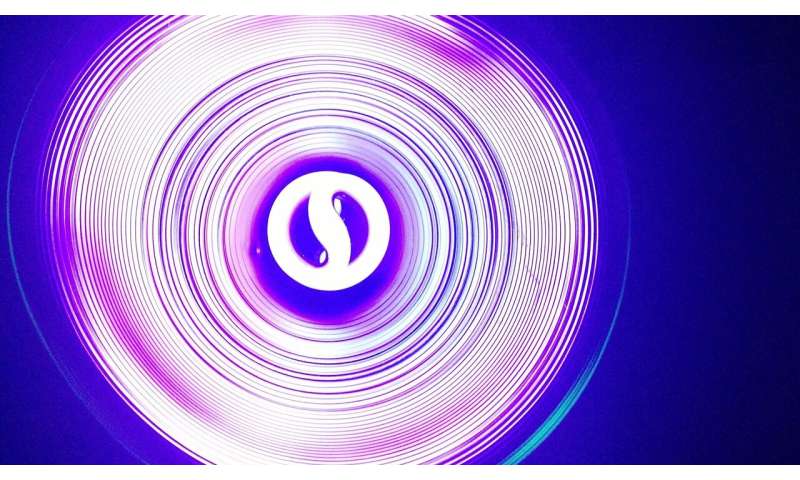Home » Health News »
Safe ultraviolet light could be used to sterilise high-risk COVID-19 environments

Research at Cranfield University is paving the way for a new solution to kill aerosolised COVID-19 in enclosed environments such as hospitals and long-term care facilities.
Computational modeling has shown that low dose far-ultraviolet C (UVC) lighting can be used to disinfect in-room air, increasing disinfection rates by 50-85% compared to a room’s ventilation alone.
Unlike typical UVC—which has been used to kill microorganisms for decades but is extremely harmful to humans, potentially causing cataracts or skin cancer—evidence has shown that far-UVC is safe to use around people.
Dr. Liang Yang, Lecturer in Marine Renewable Energy Systems in the Centre for Renewable Energy Systems, Cranfield University, said: “In indoor environments where it may not be possible to socially distance, aerosolised coronavirus released through breathing increases the chance of spreading the disease. Infection controls focus on a combination of personal hygiene and the correct use of personal protective equipment, which has been in short supply in many countries. This research has shown that far-UVC lighting could provide an alternative, safe and inexpensive way to mitigate SARS-CoV-2 transmission.
“We found that far-UVC illumination in poorly ventilated spaces can be as effective as N95 masks in preventing transmission. With detailed and accurate computational fluid dynamics modeling, we were able to track and eliminate the airborne transmission of pathogens.”
The research was carried out in collaboration with Dr. Andrew Buchan from Queen Mary University of London and Dr. Kirk Atkinson from Ontario Tech University in Canada.
Dr. Kirk Atkinson said: “Imagine if you could simply screw a far-UVC light bulb into a standard light fixture. Switching the light on will sterilize the air for everyone in the room. This is what we’re aiming for. While industry and governments are investing heavily in ventilation infrastructure, ventilation by itself has mixed effectiveness if the virus is not being killed. Far-UVC is much cheaper to implement.”
UVC light is a subtype of one of the three types of electromagnetic radiation with wavelengths shorter than visible light rays. At 100 to 280 nanometres (nm), UVC has a shorter wavelength than UVA and UVB. Human-safe far-UVC falls in the 207 to 222 nm range and can be produced by special bulbs and lamps and used to disinfect pathogens.
Far-UVC is safe because it has the unique property of interacting more readily (and loses energy more rapidly) than lower wavelength UVC but is not energetic enough to reach living human cells.
A radiation transport and fluid dynamics model was developed as part of the research to quantify disinfection rates within a 3 meter by 3 meter air-conditioned single occupancy private room, representative of typical environments found in hospitals and long-term care facilities.
Source: Read Full Article


